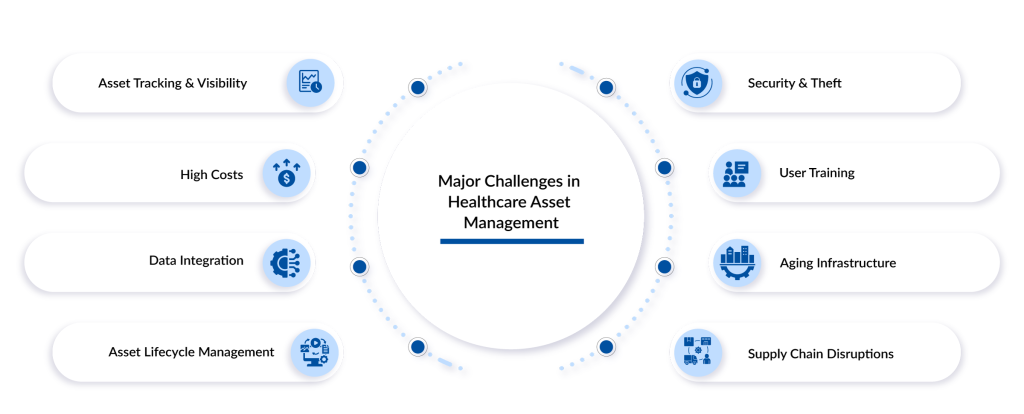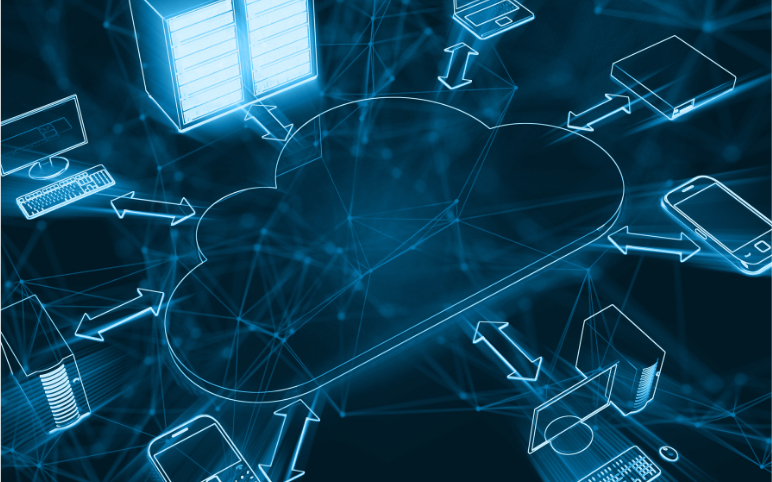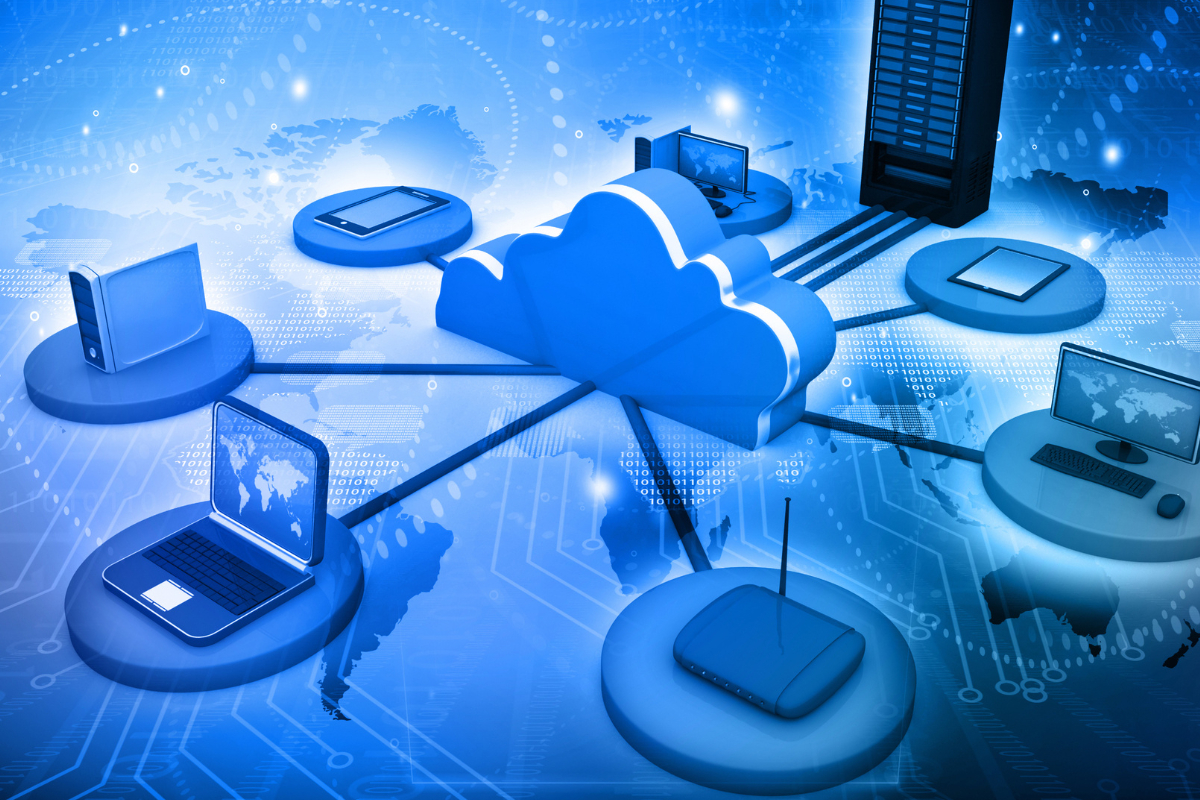Healthcare Asset Management: Optimizing Resources for Better Patient Care
Feb 05, 2025
Table of Contents
In the healthcare industry, efficient management of resources is vital to ensure that patient care is delivered smoothly and cost-effectively. Healthcare asset management refers to the systematic process of managing medical equipment, devices, and resources to ensure that they are utilized, maintained, and tracked effectively. This not only reduces operational costs but also ensures safety, compliance, and optimal performance, directly contributing to improved patient outcomes.
The Importance of Healthcare Asset Management
Effective healthcare asset management plays a pivotal role in ensuring that hospitals, clinics, and other healthcare providers can deliver quality care while keeping operational costs under control. Medical equipment and devices are often costly, and proper asset management helps to extend their lifespan and avoid unnecessary purchases. By tracking and maintaining equipment, healthcare facilities can reduce downtime, optimize usage, and prevent costly repairs, which ultimately contributes to a more efficient allocation of resources. For instance, scheduled maintenance ensures that critical equipment such as ventilators or infusion pumps remains in top condition, minimizing disruptions in patient care.
Downloads
Click Here To Get the Article in PDF
Recent Articles
- The Promise of Big Data in Healthcare: Transforming Treatment and Outcomes
- 7 Key Technologies Pioneering Cybersecurity in the Healthcare Sector
- The Impact of Cloud Computing in Healthcare Industry: Efficiency, Access, and Innovation
- Cloud Computing in the Healthcare Industry: Revolutionizing Patient Care
- The Evolution and Impact of Electronic Health Records (EHRs) in Modern Healthcare
Additionally, healthcare asset management is crucial for regulatory compliance and safety. Medical devices are subject to strict regulations that mandate regular maintenance, calibration, and testing. A well-implemented asset management system helps healthcare organizations ensure they are meeting these requirements, reducing the risk of non-compliance, fines, and legal issues. Furthermore, having real-time visibility into asset performance allows healthcare providers to spot any safety issues before they impact patient care. With proper management, healthcare organizations can not only optimize their resources but also improve the overall patient experience by ensuring that the right equipment is available and functioning when needed.
Key Components of Healthcare Asset Management
Effective healthcare asset management involves several key components that work together to ensure optimal performance and reliability of medical equipment. Some of the key components include:
Asset Tagging and Identification: Asset tagging is one of the most fundamental and effective ways to manage medical equipment. By using technologies like RFID, barcodes, and QR codes, healthcare organizations can quickly identify and track assets across their entire lifecycle. This ensures accuracy in tracking, reduces errors in maintenance scheduling, and prevents the loss or theft of equipment. Each asset is uniquely tagged with a number or code that can be scanned to view its history, location, and maintenance needs.
Real-Time Monitoring and Location Tracking: Real-time asset monitoring and location tracking are especially important in fast-paced healthcare environments where critical equipment like wheelchairs, infusion pumps, or defibrillators need to be readily available. Through GPS or IoT-enabled technologies, healthcare providers can know the exact location of their equipment at any given time. This minimizes the time spent searching for assets, reduces delays in patient care, and ensures equipment is where it is needed most.
Automated Alerts and Notifications: One of the most powerful tools in healthcare asset management systems is the use of automated alerts. These systems can send real-time notifications about critical maintenance needs, battery life, calibration, or expiration dates of certain medical equipment. Automated notifications can also help track usage limits for consumable items or provide early warnings for upcoming inspections or certifications, which helps organizations stay ahead of regulatory compliance requirements.
Condition Monitoring: With condition monitoring, healthcare facilities can track the real-time health of assets. This includes monitoring performance metrics such as battery life, temperature, pressure, or other important operational indicators. For example, a ventilator may send alerts if its pressure levels deviate from the expected range, or a defibrillator may indicate if its battery charge is low. Proactive monitoring helps ensure that critical equipment is always operational, preventing failures that could disrupt patient care.
Predictive Maintenance: Predictive maintenance involves using advanced data analytics and machine learning algorithms to forecast when equipment will need maintenance based on its performance data and usage history. This helps healthcare organizations shift from reactive maintenance (waiting for equipment to fail) to proactive maintenance (performing maintenance before failure occurs). Predictive analytics can drastically reduce downtime, extend the life of expensive assets, and optimize the allocation of service resources.

Asset Utilization Analysis: Analyzing how often and how effectively assets are used is essential for maximizing their potential. By tracking usage patterns, healthcare organizations can identify underutilized equipment and repurpose it in other areas. This is especially helpful in reducing unnecessary purchases, allowing healthcare providers to allocate resources more efficiently. Additionally, asset utilization data can help prioritize purchasing decisions, ensuring that healthcare institutions are investing in the right equipment for their needs.
Mobile Accessibility: With healthcare staff on the move and equipment frequently being transferred between departments or wards, having a mobile asset management solution is essential. Mobile apps allow staff to scan barcodes or RFID tags, update asset statuses, request repairs, and review maintenance schedules directly from their smartphones or tablets. This increases the flexibility and responsiveness of asset management, particularly in large, multi-floor hospitals or clinics with high patient throughput.
Staff and Vendor Management: Effective asset management extends beyond just tracking equipment; it also involves managing relationships with staff and vendors. Healthcare facilities need to ensure that the appropriate staff members are trained to use and maintain assets and that vendors are responsive to maintenance requests. A comprehensive asset management system can integrate vendor information and track warranties, service agreements, and repair histories, ensuring that healthcare organizations can quickly access the right service provider when necessary.
Centralized Data Repository: A centralized database is essential for storing detailed records of all assets, including purchase dates, service histories, usage patterns, and compliance documentation. This data can be accessed by relevant stakeholders, ensuring transparency and making it easier to identify trends, performance issues, or non-compliance. A well-organized repository also facilitates audits and assists in preparing for regulatory inspections, as all asset-related documentation is in one place.
End-of-Life and Disposal Management: Proper management of assets at the end of their lifecycle is critical, especially in healthcare settings where outdated or malfunctioning equipment can pose risks to patient safety. Healthcare asset management systems help organizations track the decommissioning of assets, ensuring they are disposed of properly or recycled in an environmentally responsible manner. Additionally, systems help ensure that any data stored on devices—particularly those that store patient information—is securely wiped to prevent any data breaches.
Challenges in Healthcare Asset Management
One of the significant challenges in healthcare asset management is integrating asset tracking systems with existing IT infrastructure. Many healthcare organizations already use complex systems such as Electronic Health Records (EHR) and Hospital Information Systems (HIS) to manage patient care and operational data. Ensuring seamless communication between these systems and the asset management tools requires substantial investments in technology and time. Compatibility issues between different software platforms can complicate data sharing and hinder the ability to get a comprehensive view of asset status, usage, and maintenance needs, which limits operational efficiency.

Another challenge is the cost and complexity of implementation. While the long-term benefits of asset management are clear, the upfront costs can be significant. This includes the purchase of tracking technologies such as RFID, barcodes, or IoT-enabled devices, as well as the training required for staff to use these systems effectively. For many healthcare providers, particularly smaller institutions or those with limited budgets, these initial costs can be a major barrier to implementing a robust asset management system. Additionally, ensuring that the system remains up-to-date and aligned with evolving regulations, such as HIPAA, further complicates the investment and maintenance process.
The Future of Healthcare Asset Management
The healthcare asset management market is projected to grow at a CAGR of 19.27% from 2025 to 2032, reaching USD 68 billion by 2032. The market is experiencing substantial growth, driven by the rising need to improve operational efficiency. Additionally, the increasing focus on patient safety and quality care is accelerating the adoption of these systems. Furthermore, rapid technological advancements and continuous product innovations by industry players are key factors fueling the market’s upward trajectory.
Moreover, the active participation of key players such CenTrak, Inc., GE HealthCare, IBM, Sonitor Technologies, Zebra Technologies Corp., Siemens, Securitas Healthcare LLC, Infor, Tyco Security Products, AiRISTA, Ekahau, Inc., PcsInfinity Private Limited, Novanta Inc., Oracle, Midmark Corporation, Qualer, Honeywell International Inc., Impinj, Inc., HP Development Company, L.P, Koninklijke Philips N.V., and others, will also drive the healthcare asset management market forward.
Furthermore, as technology continues to evolve, the future of healthcare asset management is likely to be shaped by advances in automation, artificial intelligence (AI), and the Internet of Things (IoT). IoT-enabled devices will allow real-time monitoring and predictive analytics, automatically alerting healthcare providers about maintenance needs or equipment failures before they occur. AI algorithms will help optimize asset allocation, improving efficiency and minimizing waste.
Additionally, cloud-based asset management systems will enable better collaboration across healthcare facilities, allowing for seamless sharing of information and resources. This can be especially useful for large healthcare systems with multiple facilities or for telemedicine services that rely on remote diagnostics and monitoring.

Downloads
Article in PDF
Recent Articles
- The Promise of Big Data in Healthcare: Transforming Treatment and Outcomes
- Cloud Computing in the Healthcare Industry: Revolutionizing Patient Care
- The Impact of Cloud Computing in Healthcare Industry: Efficiency, Access, and Innovation
- 7 Key Technologies Pioneering Cybersecurity in the Healthcare Sector
- Medication Management Systems: The Key to Optimizing Pharmaceutical Care



